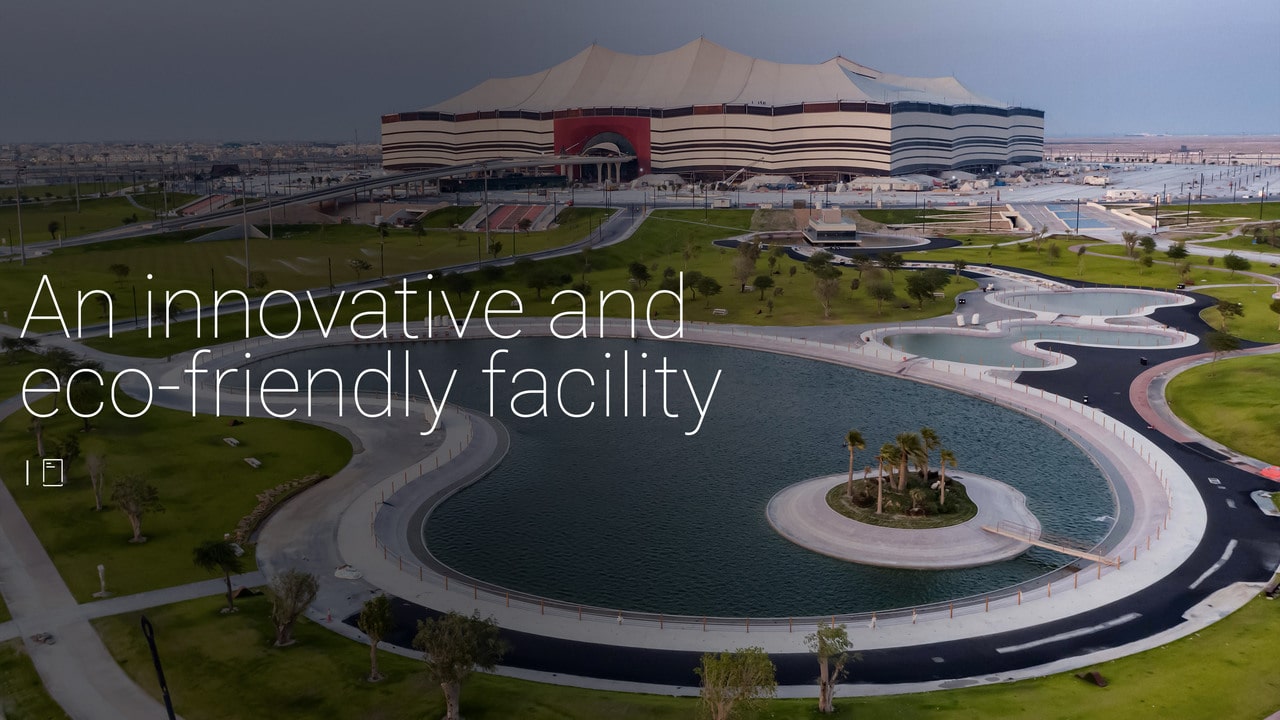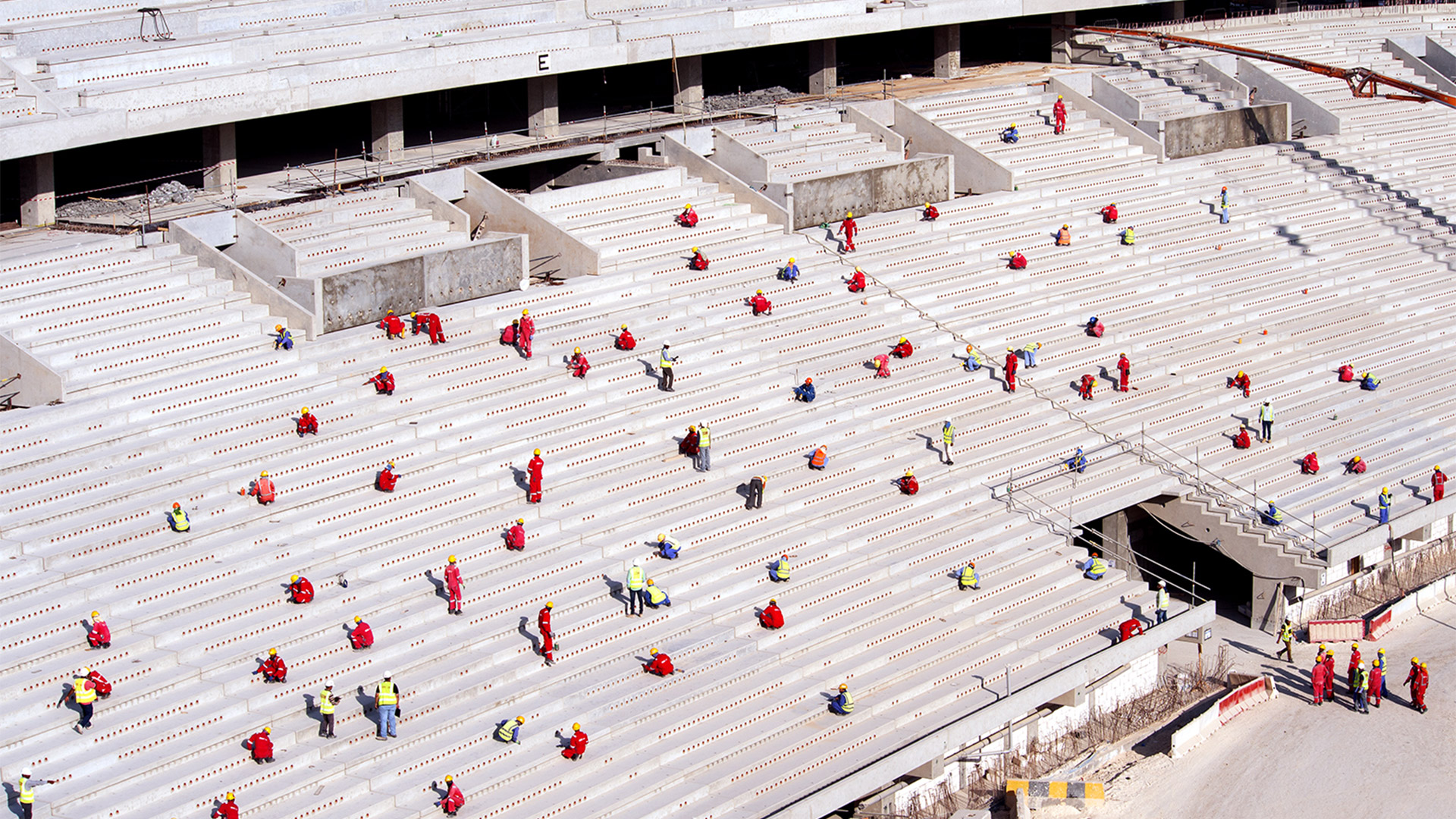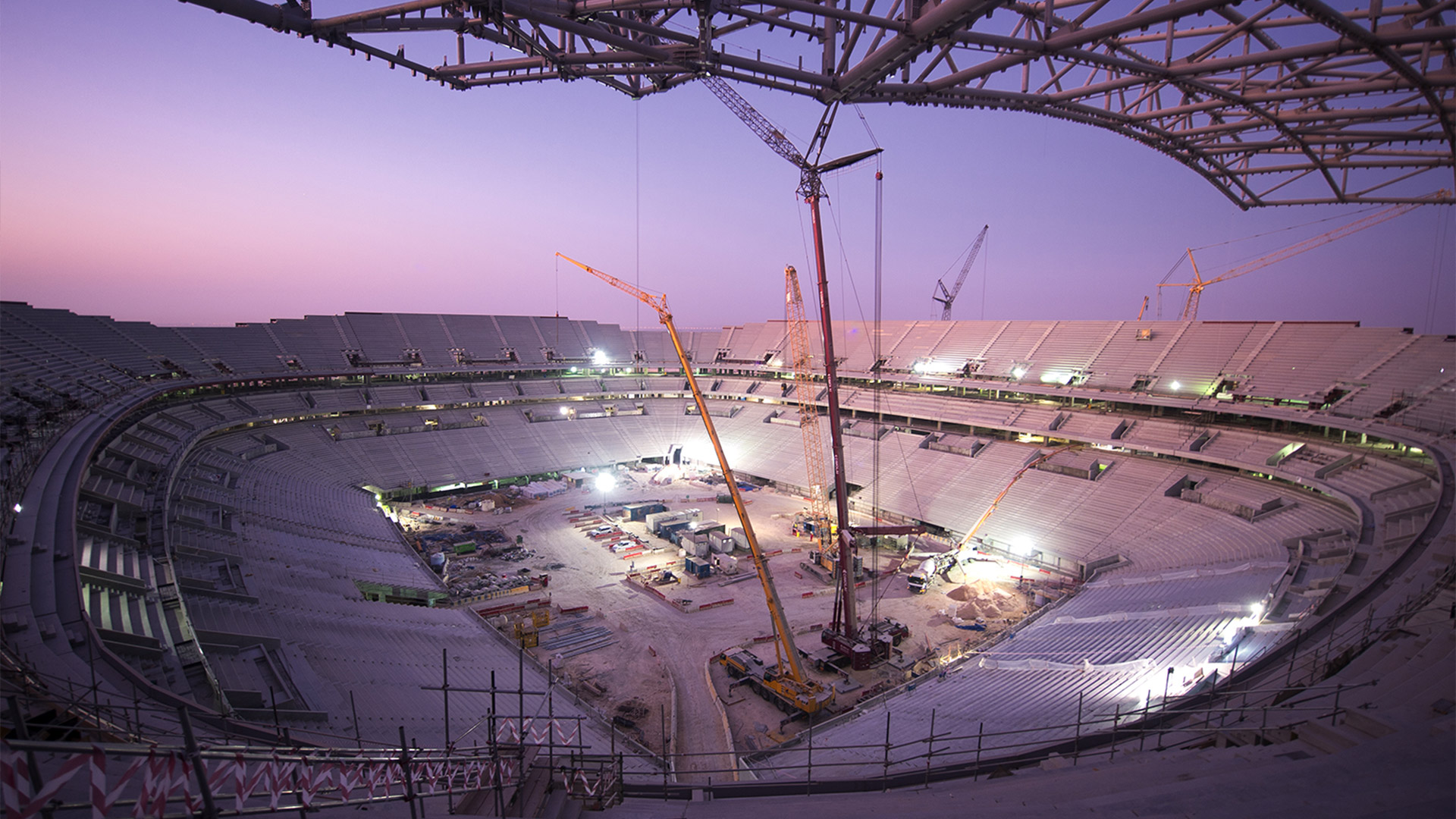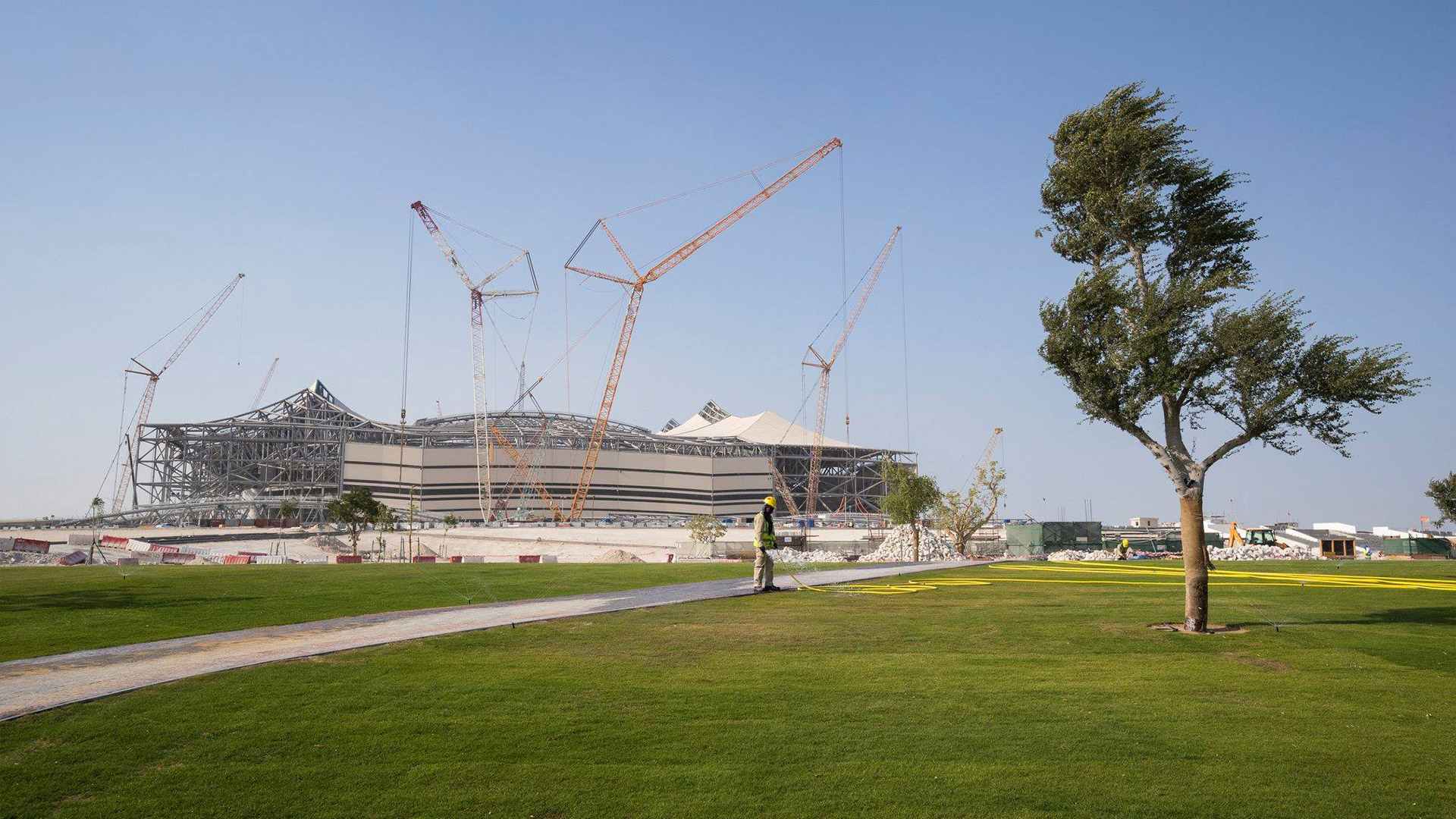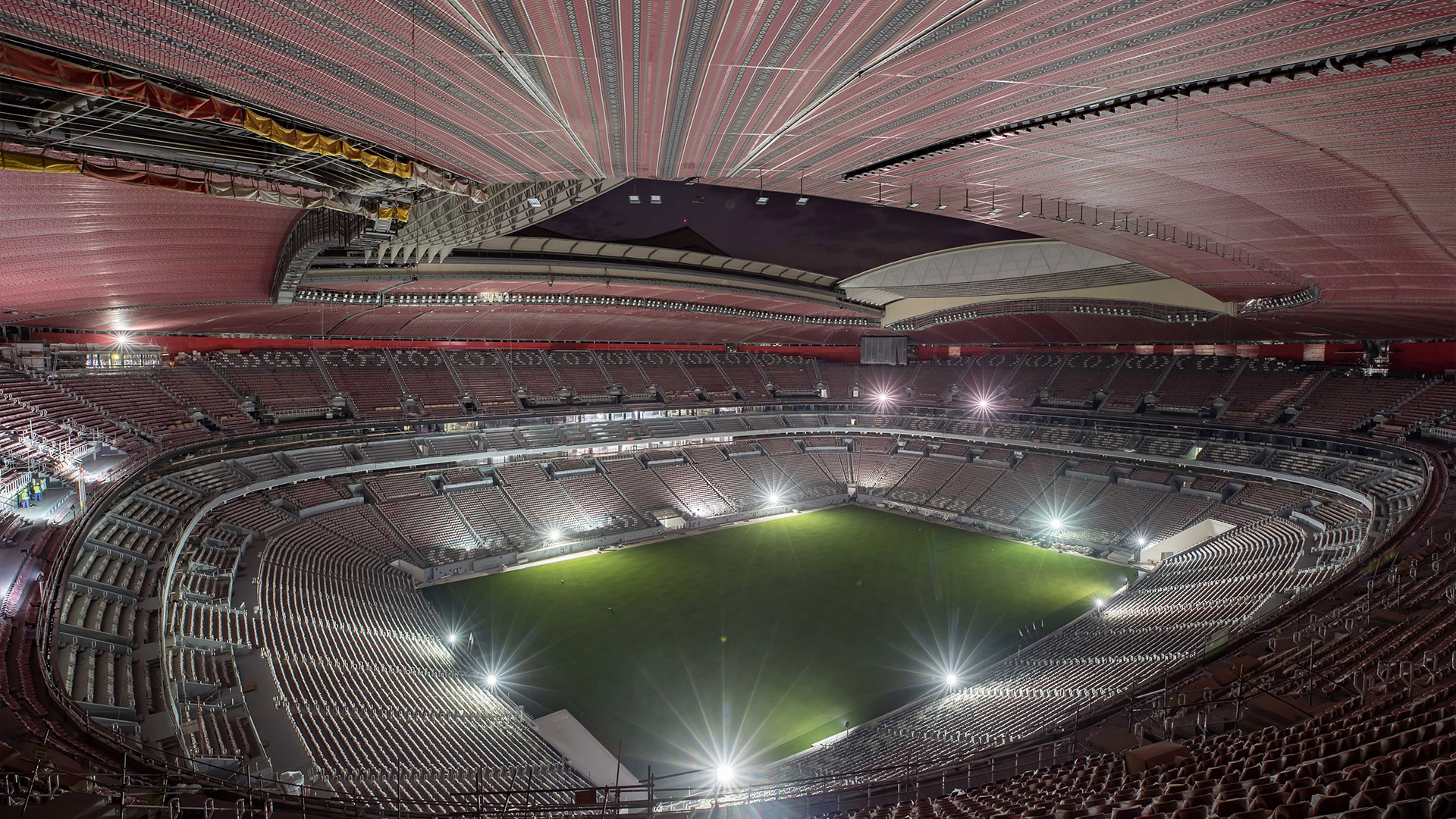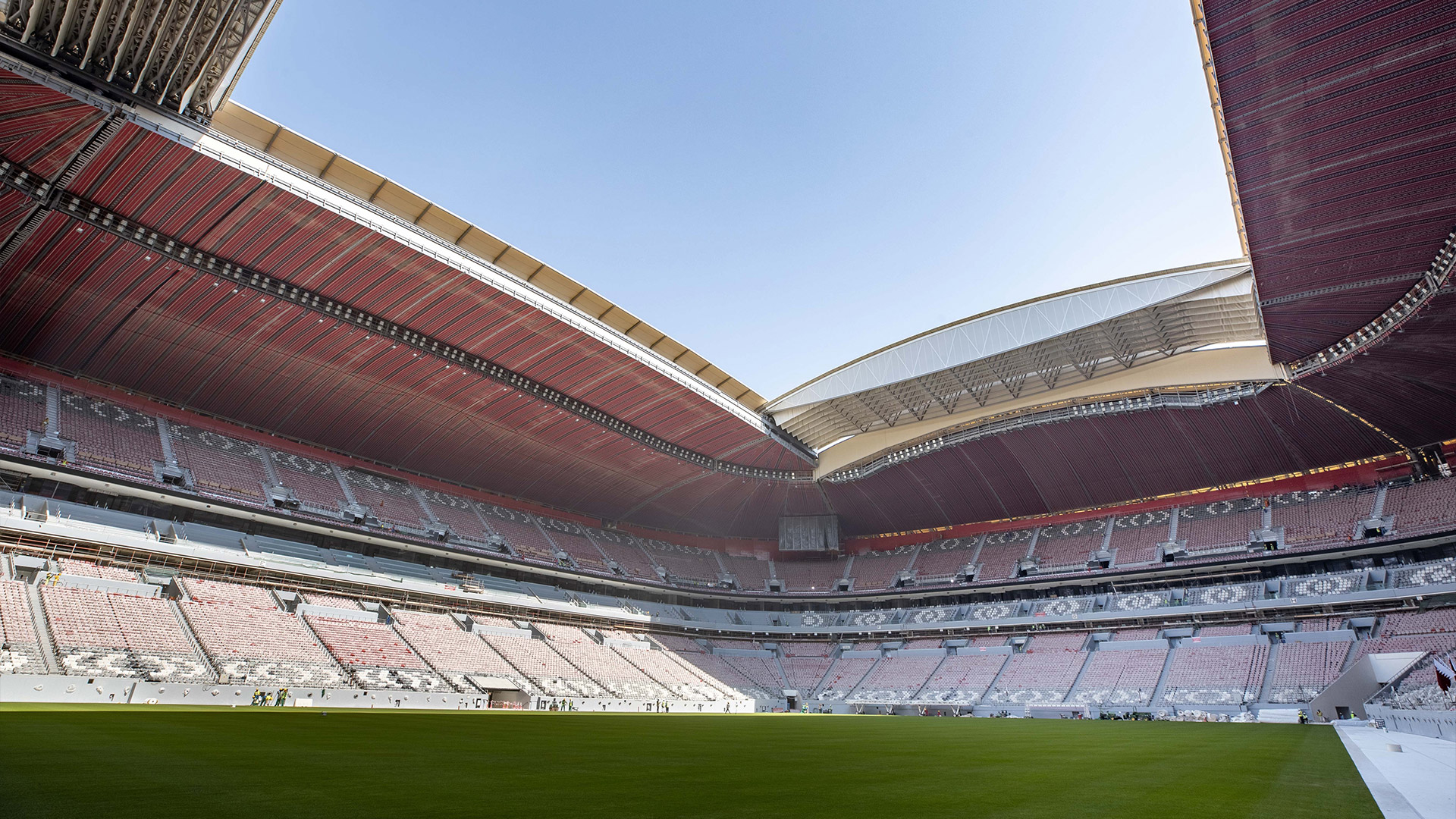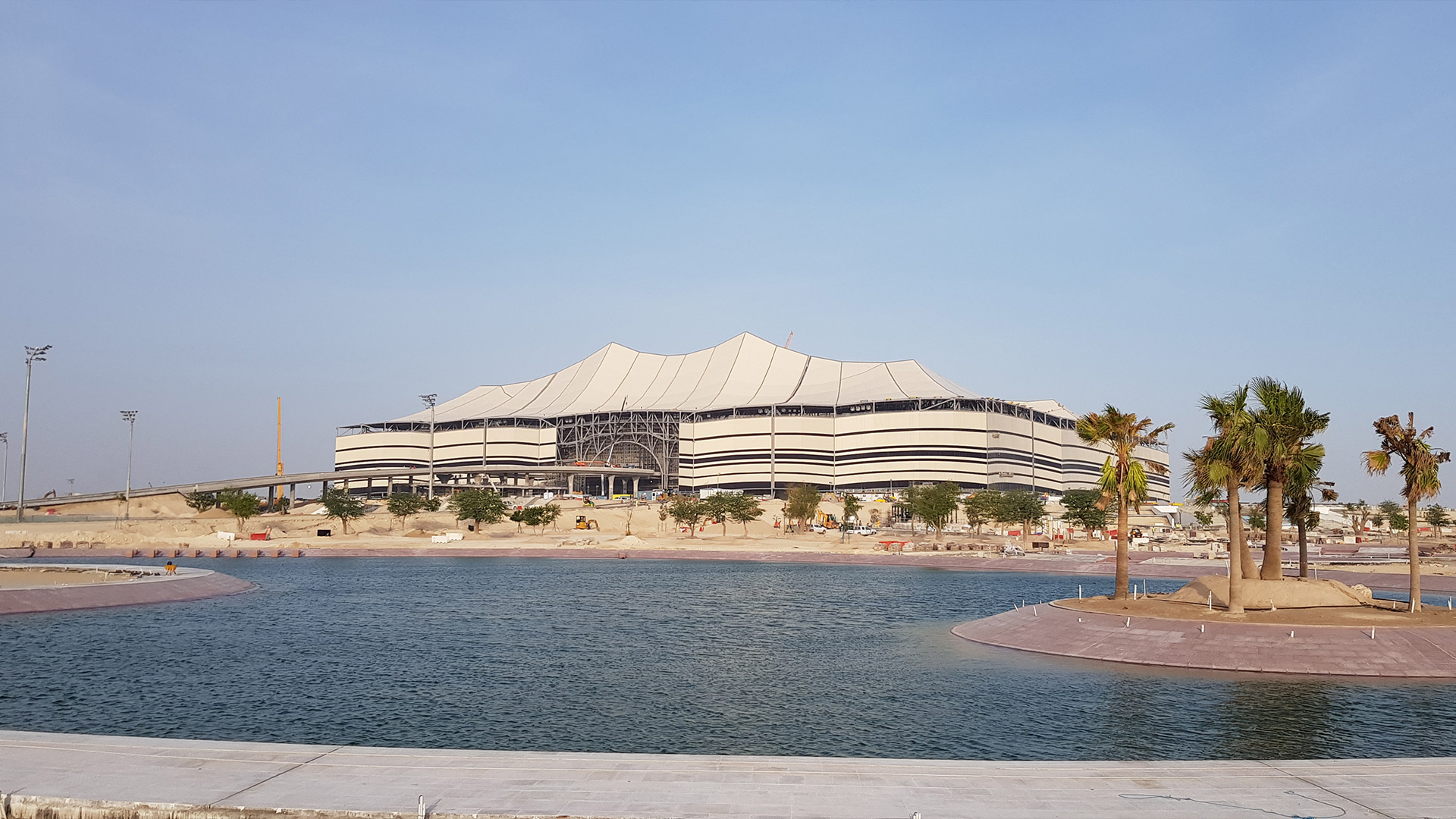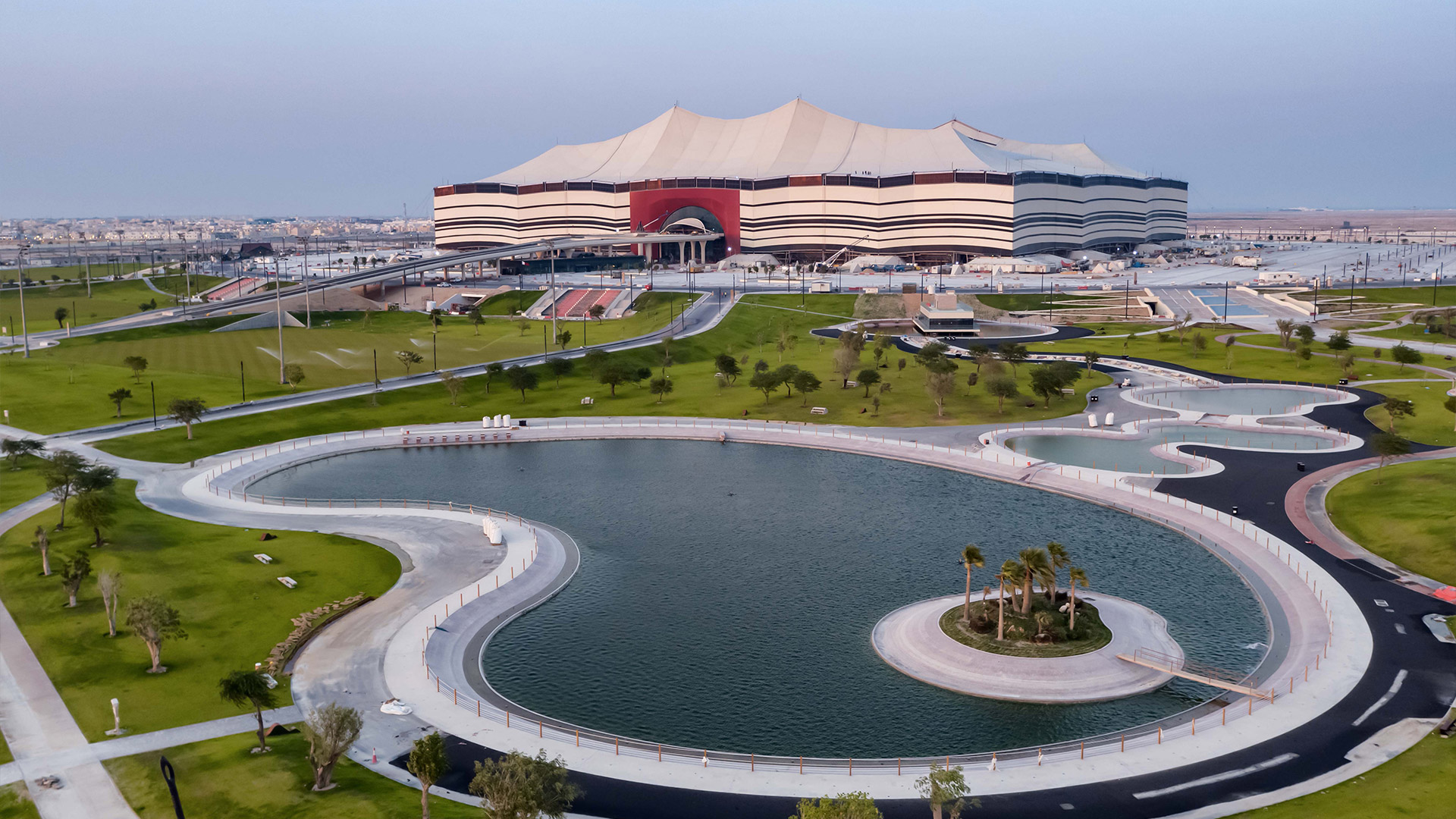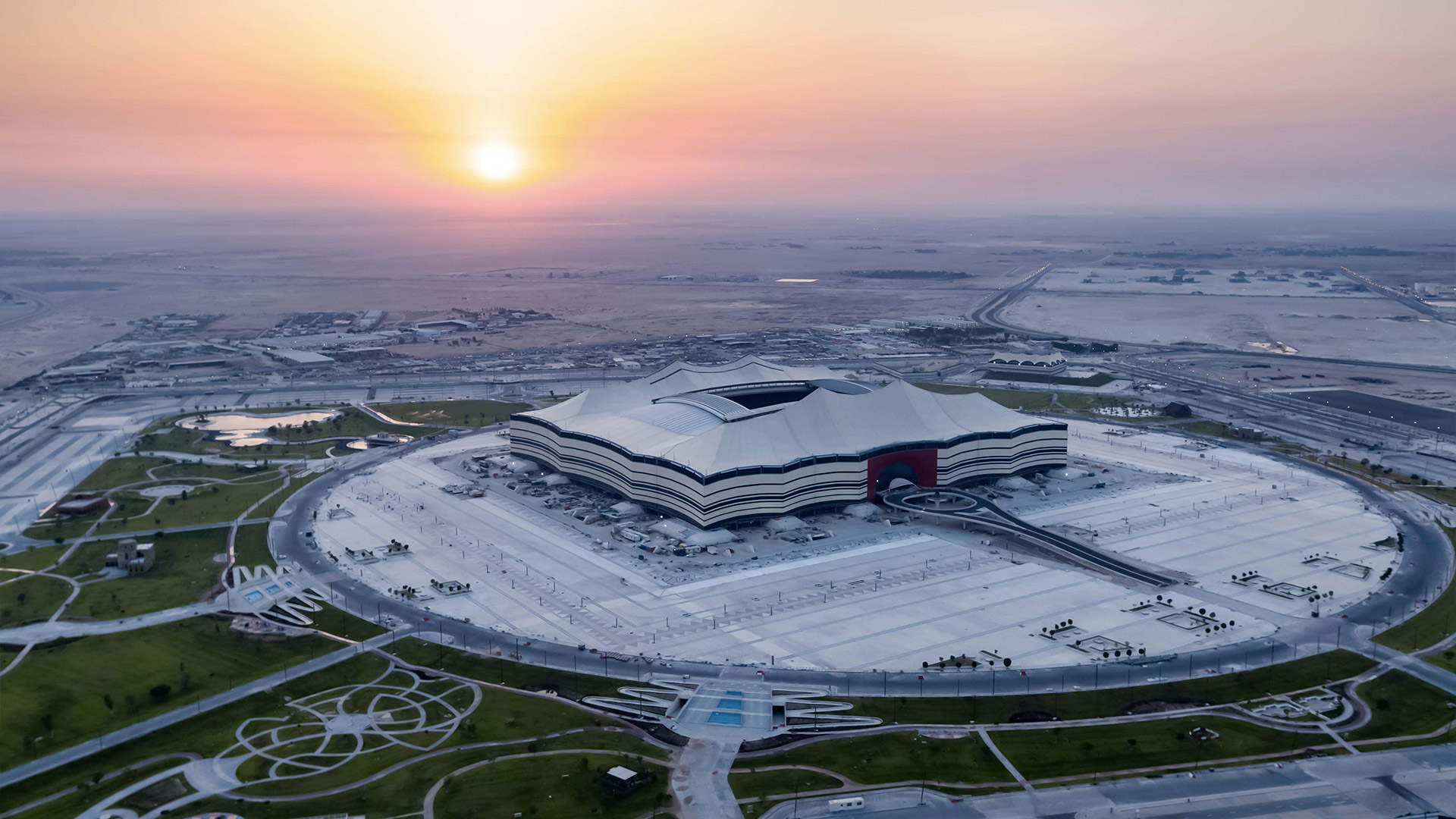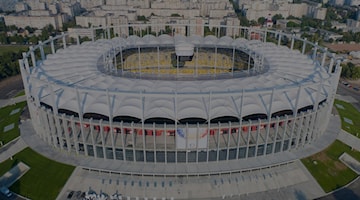And yet it moves…
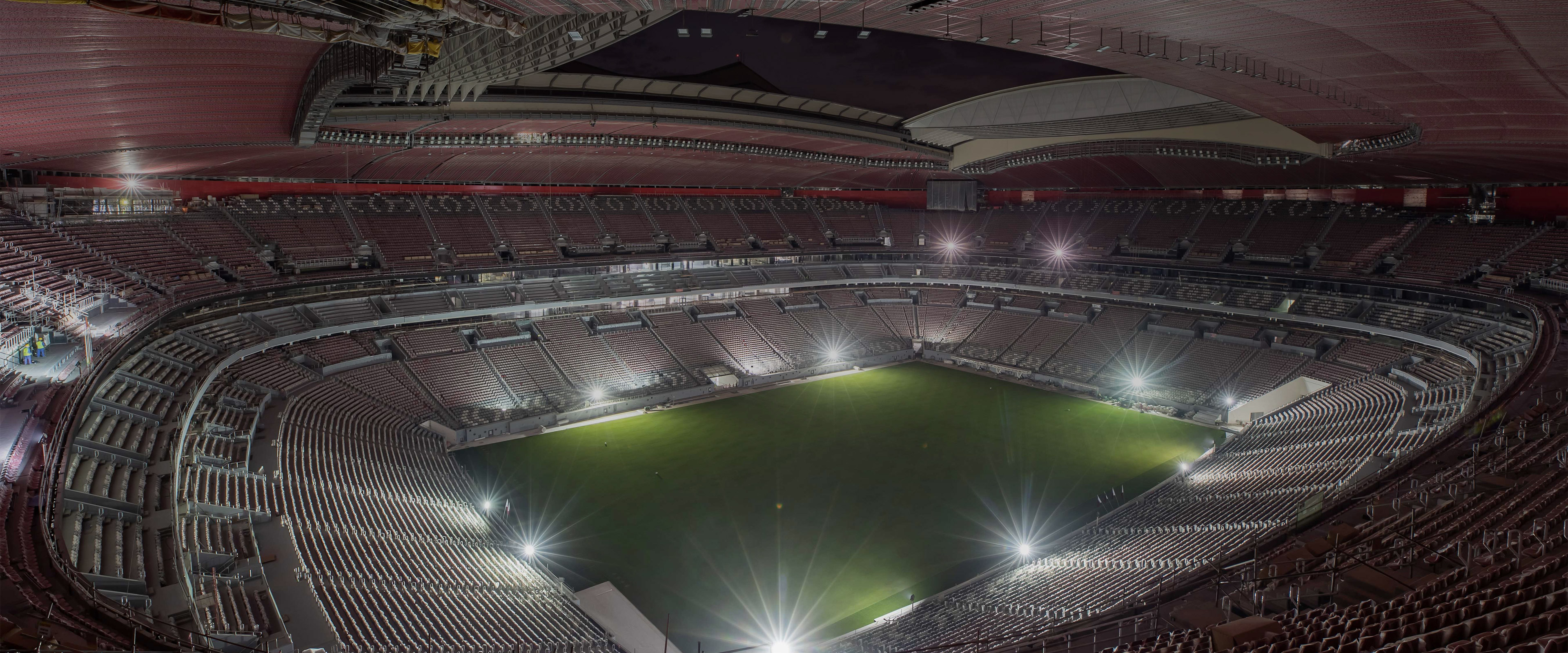
AL BAYT STADIUM - SPORTS COMPLEX, QATAR
A stadium that can be dismantled and reassembled in the desert, or partially transformed into a hotel and shopping centre. It is not a mirage; it is the Al Bayt Stadium, built from 2015 to 2021 in Qatar, 40 km north of the capital Doha, near the Al Khor airport.
Inaugurated in 2021, with the FIFA Arab Club's first match of the season, it was designed as a venue for the 2022 World Cup, won by Argentina, and that definitively secured a place in the pantheon of the greats for Leo Messi, a eight-time Ballon d'Or winner. The Emir of Qatar, Tamim bin Hamad Al Thani, crowned Messi best player with the Bisht, the prestigious black robe that is a symbol of royalty, used by kings, tribal chiefs and leaders during the most important ceremonies.
With a 60,000-seat capacity, which can be reduced to 32,000 when converted to another use, the stadium, which stands on an area of 1 million m2, has a surface area of 200,000 m2 and includes public parks and green areas, a great added value for the inhabitants of an arid and rocky territory, and a real green lung for Al Khor. Commissioned by the Aspire Zone Government Foundation, the eco-sustainable stadium is linked to tradition, inspired by the Qatari tent bayt al sha'ar, a symbol of hospitality and sustainability in Arab culture.
Cutting-edge materials with a low environmental impact, went into building the stadium, with 20% coming from recyclable sources. The retractable, transparent canopy reduces energy consumption and allows sunlight to help the grass to grow. The light-coloured outer surface reduces heat absorption, promoting the efficient use of the cooling systems.
After the World Cup, the third ring was dismantled and donated to developing countries to build sports infrastructure. This was a noble gesture by a country that has become a significant hub for international sports in recent years.
Besides the World Cup, it has also hosted the 2006 Asian Games, the men's handball World Cup in 2015, the road cycling Championship in 2016, the Artistic Gymnastics World Championships in 2018, the Athletics World Championships in 2019, and more. The national sport is football, followed by volleyball and tennis. These modern disciplines are now more popular than traditional and evocative horse and camel racing and falconry.
The Al Bayt Stadium has received two prestigious GSAS certifications ('Design & Build' and 'Construction Management'), exceeding the requirements requested by the Client and FIFA and establishing itself as a best practice in terms of sustainability and reduction of environmental impact

THE WORK AND THE TECHNIQUE
M² STADIUM SURFACE AREA
M³ CONCRETE
T STEEL REINFORCEMENT FOR CEMENT
TONS STEEL FOR ROOFING
SPECTATORS/SEATS
Governmental Aspire Zone Foundation
Salini Impregilo (today the Webuild Group), Galfar Al Misnad, Cimolai SpA
GSAS (“Design & Build” and “Construction Management”)
The Al Bayt stadium stands on high ground, 14 metres above sea level, with two torches signalling its presence from afar.

CULTURAL INSIGHTS


An innovative and eco-friendly facility
The Al Bayt Stadium is an example of an eco-friendly project using the most modern construction techniques and cutting-edge materials to respect the environment and reduce energy consumption.
Environmental sustainability has become a decisive factor in constructing contemporary sports facilities, and the use of cutting-edge technologies makes it possible to optimise the user experience and reduce per-capita costs.
Al Bayt Stadium uses district cooling technology and boasts a cooling capacity of approximately 30,000 tonnes. Compared to traditional facility engineering solutions, this innovative and ecological system cuts electricity use by 40% and drinking water consumption by 98%. These savings are also due to using a second skin/external membrane that reduces heat absorption and the retractable roof, which can close and shade a large area in just a few minutes.
This is essential in a country whose population has increased in the last 50 years from less than 200,000 to over 3 million inhabitants and where energy consumption has increased in absolute terms and relative terms, exceeding 15,000 kWh per capita annually.
of electrical consumption
of drinking water consumption







